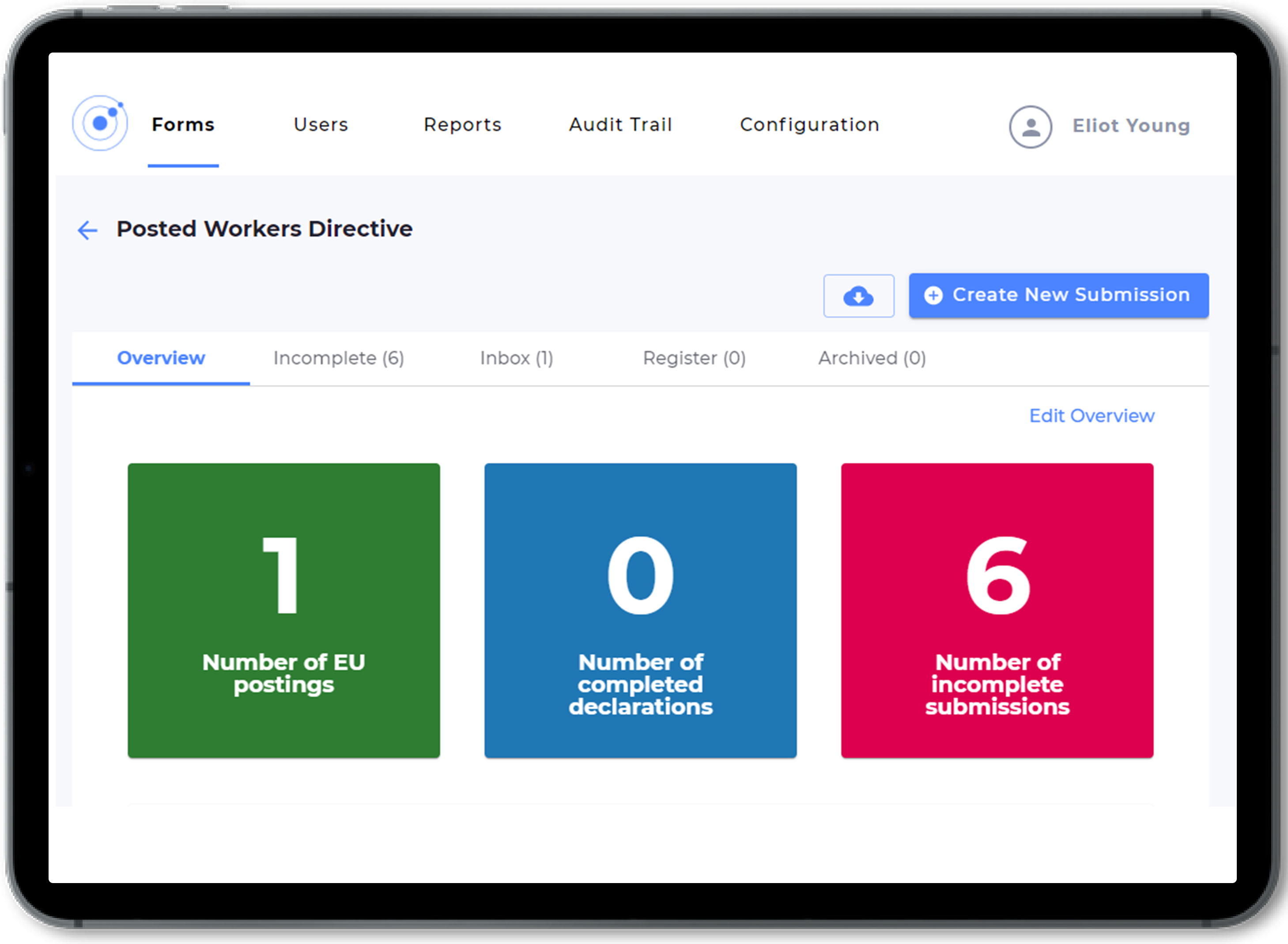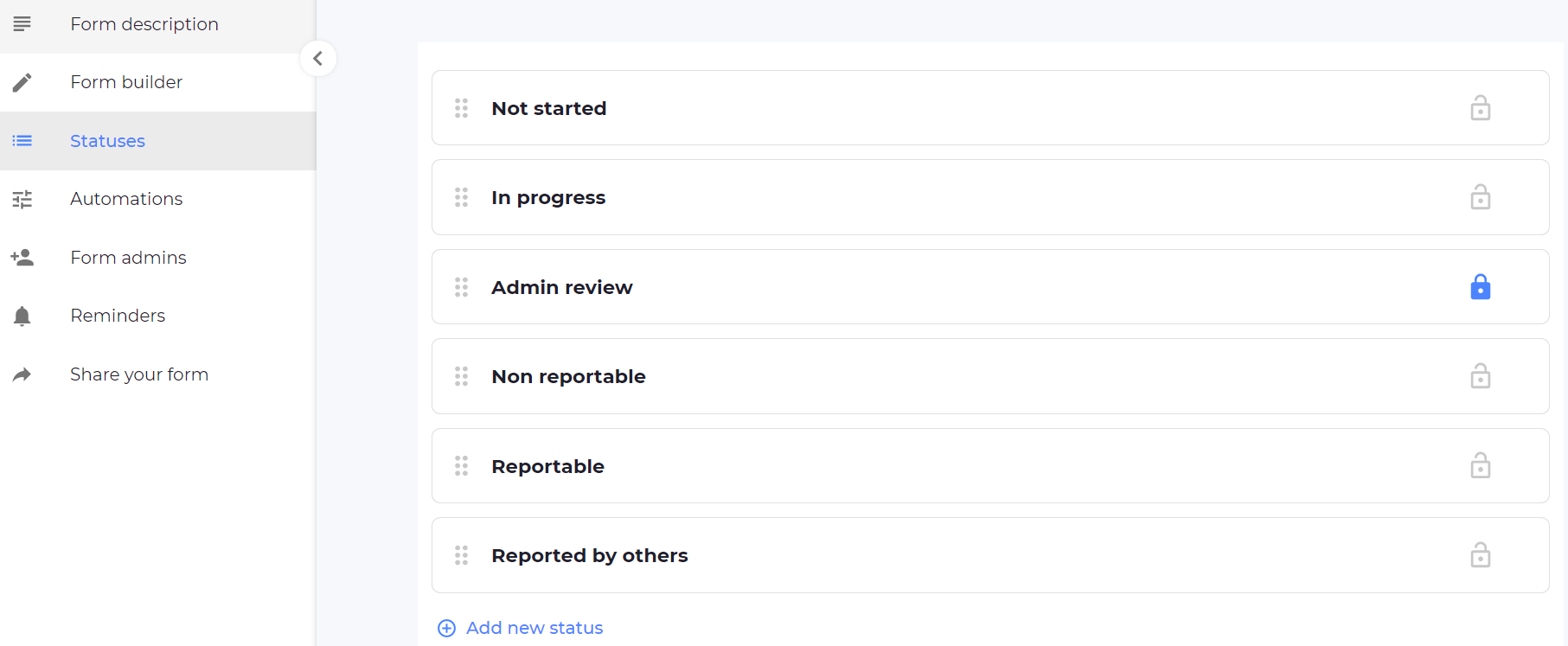Introduction
It can be surprising to employees who work from home and the people managing them that remote working can be stressful. Because working remotely has many benefits, such as no morning commute, and employees generally have more flexibility to attend to personal matters during work hours. While these can have a positive impact on employees, it isn’t always an easy transition. Working from home can still cause stress both from normal work-related issues and new sources. Concerns can arise regarding employees’ physical, mental and emotional health if the proper support structures are not in place.
Employers have a responsibility to take care of the health, safety and welfare of all of their employees, regardless of whether their employees are in the workplace or working remotely. There are many ways employers can combat the challenges employees might face. Employers can help by:
- understanding what situations can cause work-related stress when working remotely
- recognising symptoms of stress or other mental health issues
- implementing solutions for reducing and managing stress in employees
- encouraging employees to take care of their mental health and wellbeing when working remotely
Causes of stress when working remotely
The HSE’s Management Standards sets out six key areas of work that can increase stress, mental health issues and lower productivity if not properly managed. This can occur in both employees in the physical workplace and with remote workers. The six areas include:
- Demands – How well are employees coping with the pressures of their job, such as their workload?
- Control – Do employees have some say in their work, such as the pace of work or schedule of breaks?
- Support – Are employees getting enough support or appropriate information from colleagues or managers, such as training or feedback?
- Relationships – Is there a positive internal culture, for example, do people feel respected and included?
- Role – Are employees clear about what their role and responsibilities are?
- Change – Are employees engaged or properly informed when the organisation is undergoing change, such as new processes or restructuring?
When trying to develop a mentally healthy workplace, organisations should focus on analysing these six areas. Online people-based risk assessments are an efficient way to analyse stress across your workforce and are particularly useful if you have remote workers.
But on top of these key areas, remote workers have new sets of challenges. They might be having difficulties adjusting to changes in their daily routine or adapting to a new working environment. It can be difficult to block out distractions when working from home, particularly if employees work in a shared home, in a noisy area or don’t have a designated office space to work from. The reduced social interactions can also create feelings of isolation and hinder the building of workplace connections if there aren’t clear lines of communication or allocated times for colleagues to catch up with one another. While it is great to have the flexibility to attend to personal matters during work hours, the lines between home and work life can sometimes blur together, making it difficult to find the right balance and know when to switch off.

Recognise signs of stress
As an employer, understanding what can cause work-related stress and mental health issues with your employees can help you work towards preventing and managing these stressors. But stress can still sometimes occur despite your best efforts to prevent it. It is important to be able to recognise signs of stress.
Stress can be categorised into emotional, cognitive, behavioural, physical or organisational symptoms:
- Cognitive symptoms like memory problems, constant worrying, poor concentrations, seeing only negative outcomes and anxious thinking. Employees might have a sudden drop in performance or become unable to make decisions.
- Emotional symptoms including unhappiness, agitation, irritability, loneliness, isolation, or feelings of being overwhelmed. Employees might have difficulty accepting criticism or have lost their usual sense of confidence or humour.
- Physical symptoms such as aches, pains, fatigue, rapid weight loss or gain, or lack of effort with their appearance.
- Behavioural symptoms include eating more or less, disturbed sleep, procrastination, unexplained time off, substance misuse, or withdrawing from other people.
- Organisational signs such as increased absence or staff turnover, or lower motivation and productivity levels.
While these signs don’t automatically mean someone is stressed, they should make you alert to the possibility.

Supporting your remote workers
Even though you might not see your employees face-to-face on a regular basis, there are still many things you can do to promote their wellbeing when working at home.
1. Provide clear and timely information
Employees need to know who they can contact regarding work-related questions or concerns. Employees should know who to report to regarding accidents and near misses, or get advice on concerns related to their health and safety. They should know where they can access information on benefits, training and development opportunities, contract issues, and also who to contact to get advice on computers, networks or other work equipment.
Frequently communicate available information with employees to remind them of what’s available and create a wellbeing culture by displaying your organisation’s commitment. Having a platform that can automate this communication can streamline the process and reduce administrative burden.
2. Ensure a safe working environment
Employers need to ensure that their remote workers have a safe and comfortable working environment at home. If employees work at a computer, their health and welfare can be affected by:
- The display screen equipment (DSE) they use, including the screen, input devices such as a keyboard and software applications.
- The furniture they use, in particular, the desk and chair, but also other accessories such as a footrest.
- The immediate work environment around the DSE and furniture.
- How long they stay still, and the posture they adopt while working.
Employers must provide the appropriate equipment for remote workers and train employees on how they can keep themselves safe and comfortable. There are many ways to train your employees, but an easy, streamlined approach is through online training. An online self-risk assessment can also be helpful for employees to identify hazards related to homeworking and allow employers to assess and manage the risks.
3. Reduce social isolation
To reduce the risk of social isolation, employers should ensure that homeworkers have the appropriate tools, such as a phone or instant messaging software, to communicate closely with colleagues. Managers should make an effort to contact their staff regularly, arrange meetings so they can stay up-to-date with any decisions or changes, and organise social events with colleagues.
If your remote workers are geographically dispersed and unable to meet in person, think about organising online social events, such as quizzes or bingo. Or can there be more flexibility in meetings to allow for social interactions and games? For example, set aside 20 to 30 minutes a week for employees to do a ‘show and tell’ at the start of a meeting. Or spend five minutes in a morning meeting answering a question of the day.
4. Support your employees
Employees who feel supported are more likely to be engaged with their work, have increased job satisfaction, and decreased stress and mental health issues.
Employers can show their support and increase engagement with their remote workers in a variety of ways:
- Having a positive approach to interpersonal interactions – reach out to your staff regularly and see how they are doing.
- Encourage employees to reach out and ask for help and support if they need it. They can talk to a trusted colleague, line manager, GP or medical health professional, or anyone else inside or outside the organisation.
- Being empathetic and considerate when interacting with employees – if employees are dealing with challenges, actively listen to them and work together to find positive solutions.
- Providing mental health and wellbeing resources – employees might not always feel comfortable confiding in their manager if they are stressed or experiencing mental health problems. Offering them resources is another way to get them the help they need and show you support them.

What employees can do to combat stress and wellbeing
Remote workers also have a responsibility to take care of their wellbeing when working remotely. Employers should offer resources and encourage employees to:
- Have a clearly defined work area and, if possible, a specific room.
- Stick to their working hours. If there is flexibility, they should try to create and keep to a schedule. Try not to read or answer emails or messages outside working hours.
- Rest properly after work to unwind.
- Set rules with family or housemates. For example, knocking before entering and keeping noise to a minimum.
- Take regular breaks, which can boost productivity and decrease stress.
- Be proactive in building workplace relationships and make an effort to attend meetings and social events either in person or by video call.
- Implementing time management techniques to help them keep on top of their tasks and stay productive
The five ways to wellbeing is a simple method that employees can refer to in order to help maintain or boost their wellbeing. They are:
- Take Notice: Be aware of what is happening around you, of your thoughts and feelings.
- Give: Do an act of kindness for a friend, colleague or even a stranger.
- Be Active: Build physical exercise into your daily routine.
- Connect: Nurture your relationships with family, friends, colleagues and community.
- Keep Learning: Do a puzzle, learn a language or take a course.
Online Wellbeing courses can be an excellent way to educate employees and provide them with the knowledge they need to take care of their wellbeing and increase productivity when working remotely.

Conclusion
Working remotely is not risk-free. Employers have a responsibility to understand the underlying causes of work-related stress, recognise signs of stress and take proactive measures to reduce challenges for remote workers.
Online people based risk assessments can help you analyse areas of concern, while online training can help you to address them. Automation tools can help you to communicate easily with employees and show an organisation’s commitment to wellbeing without the administrative burden.













